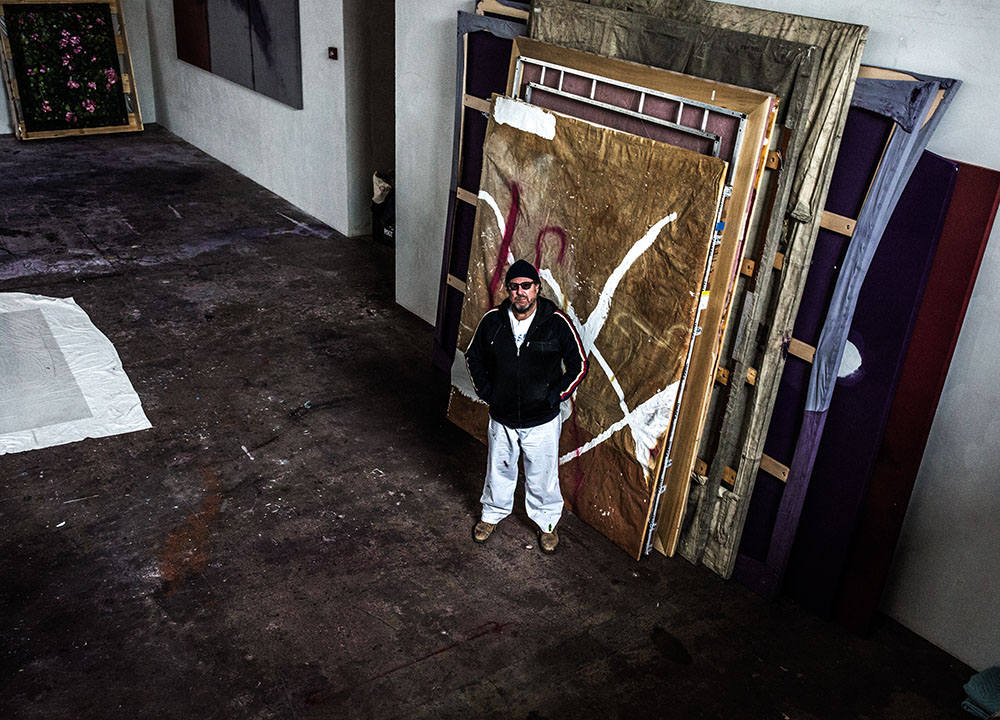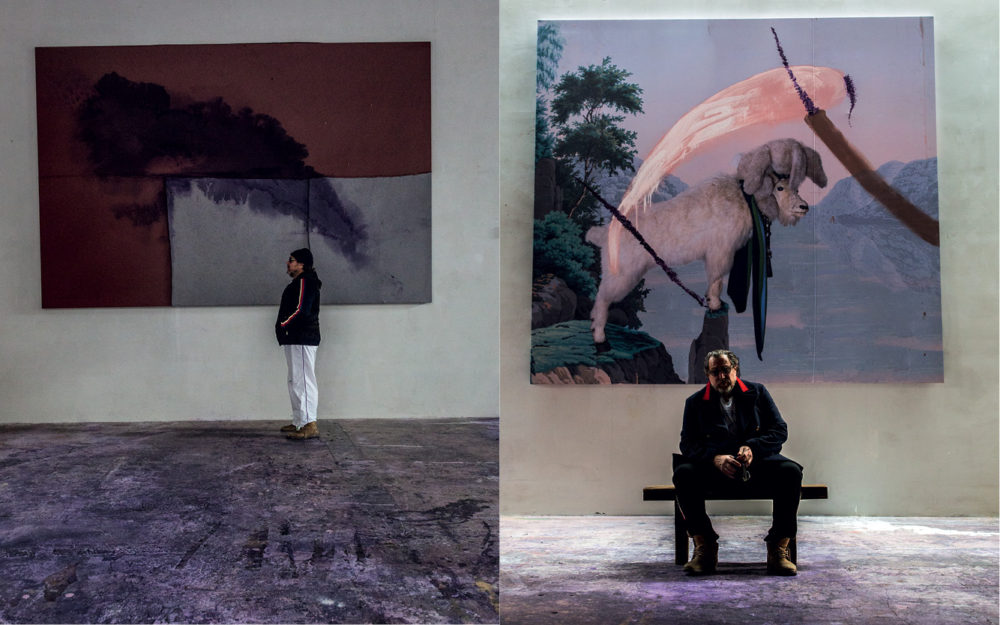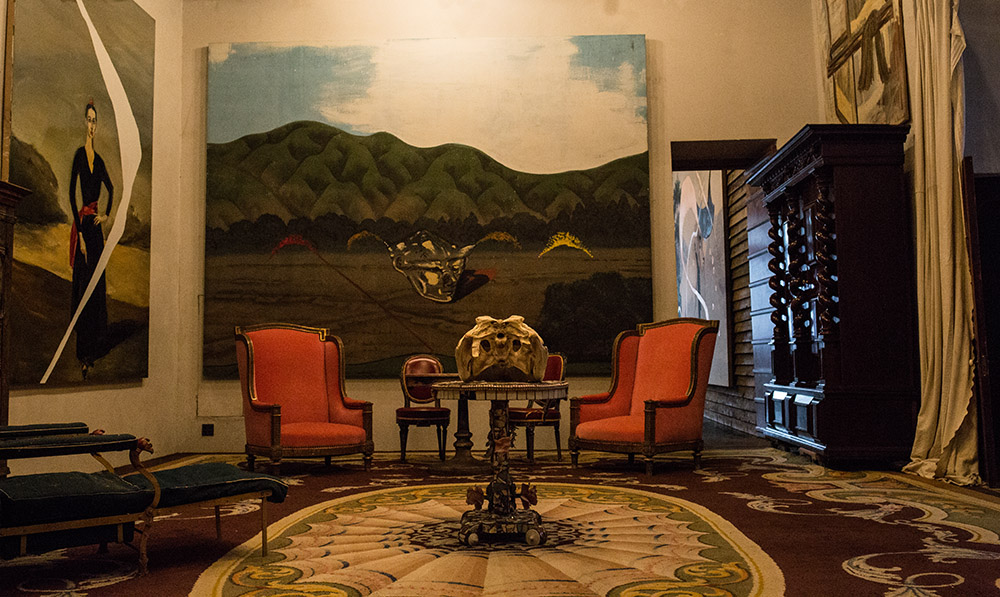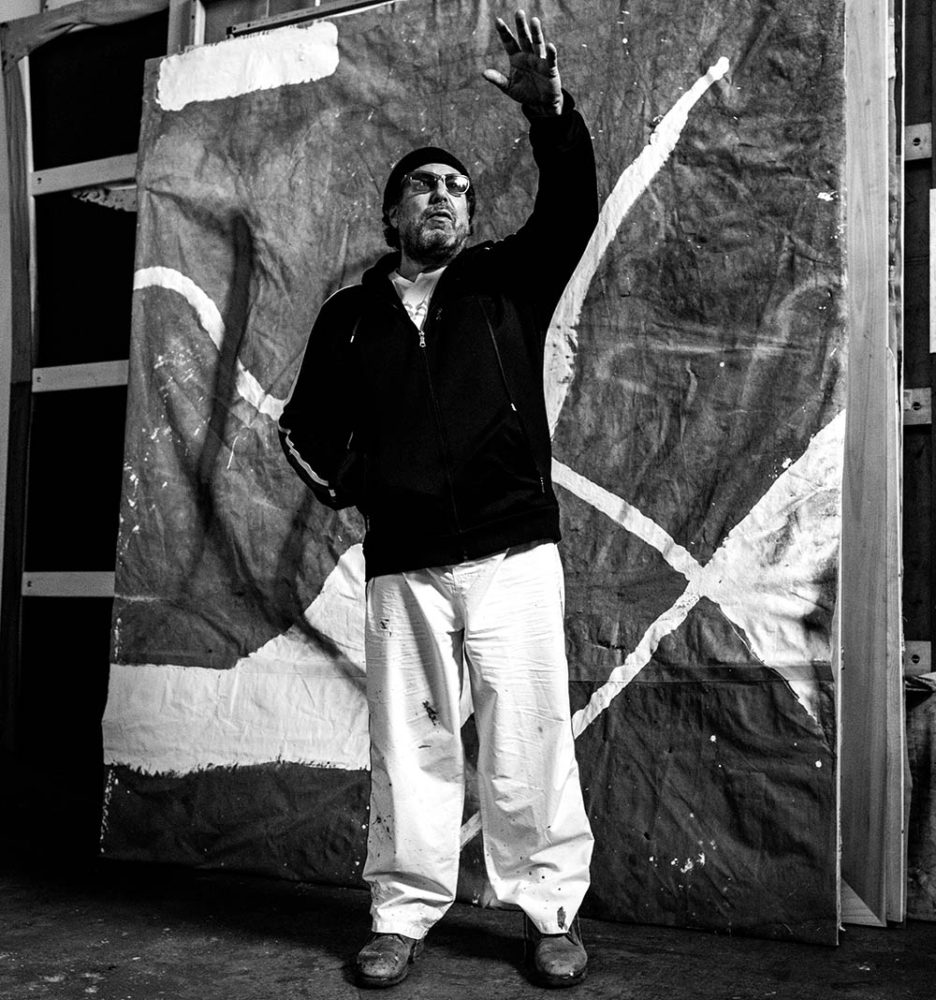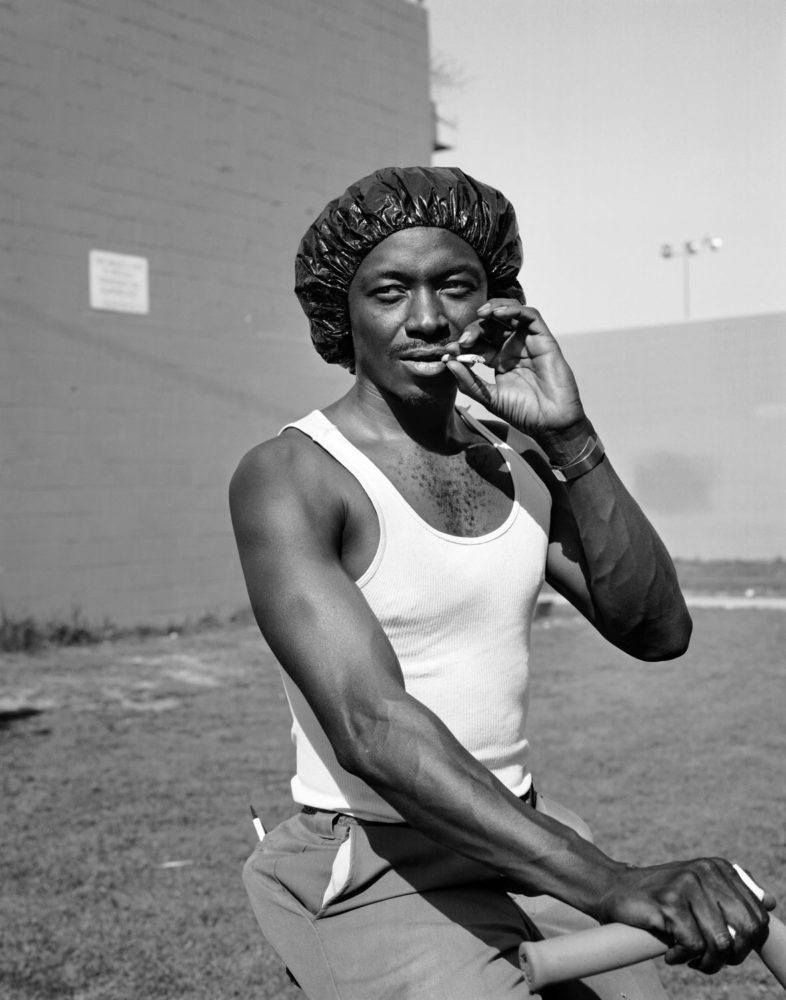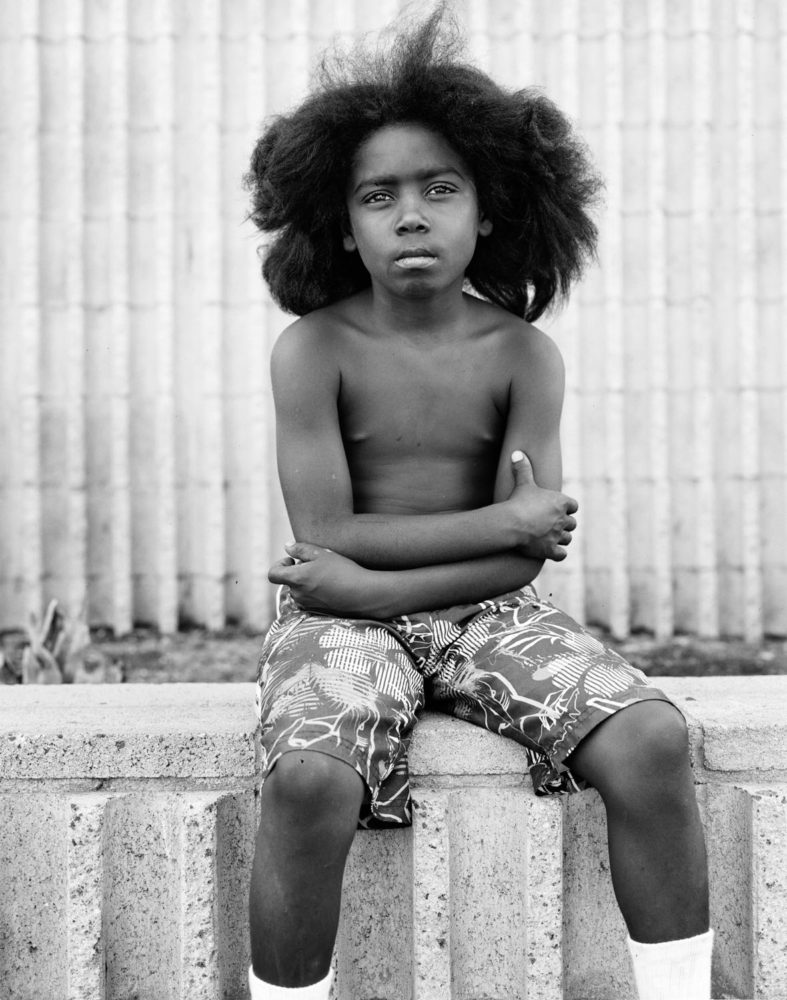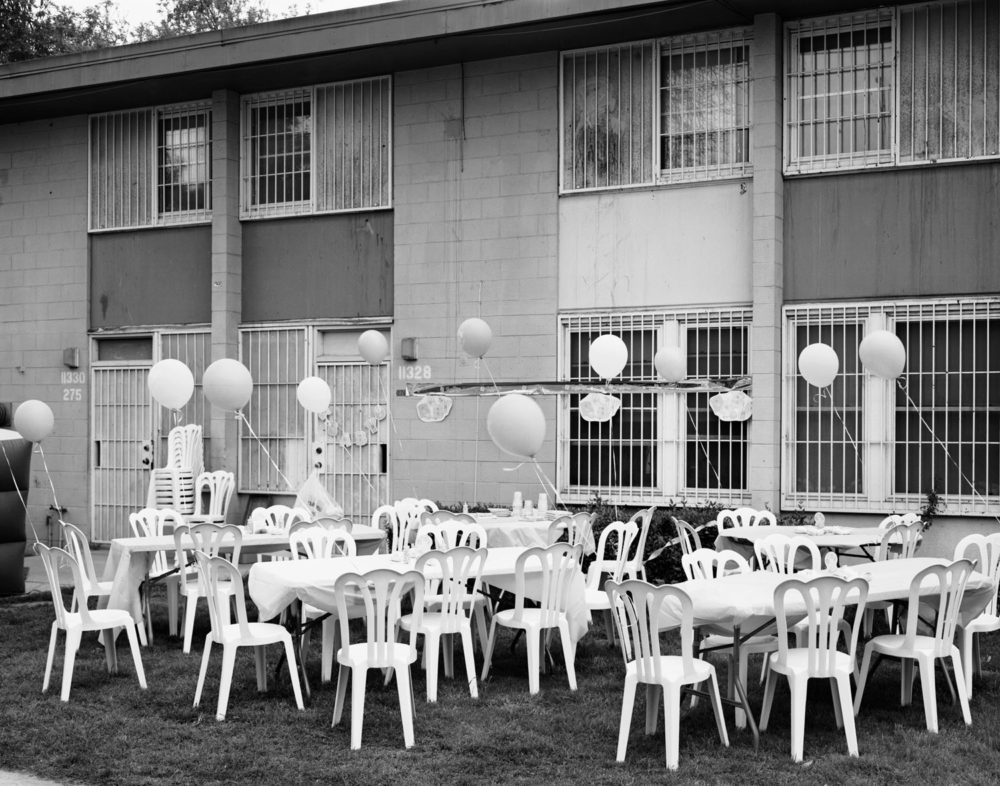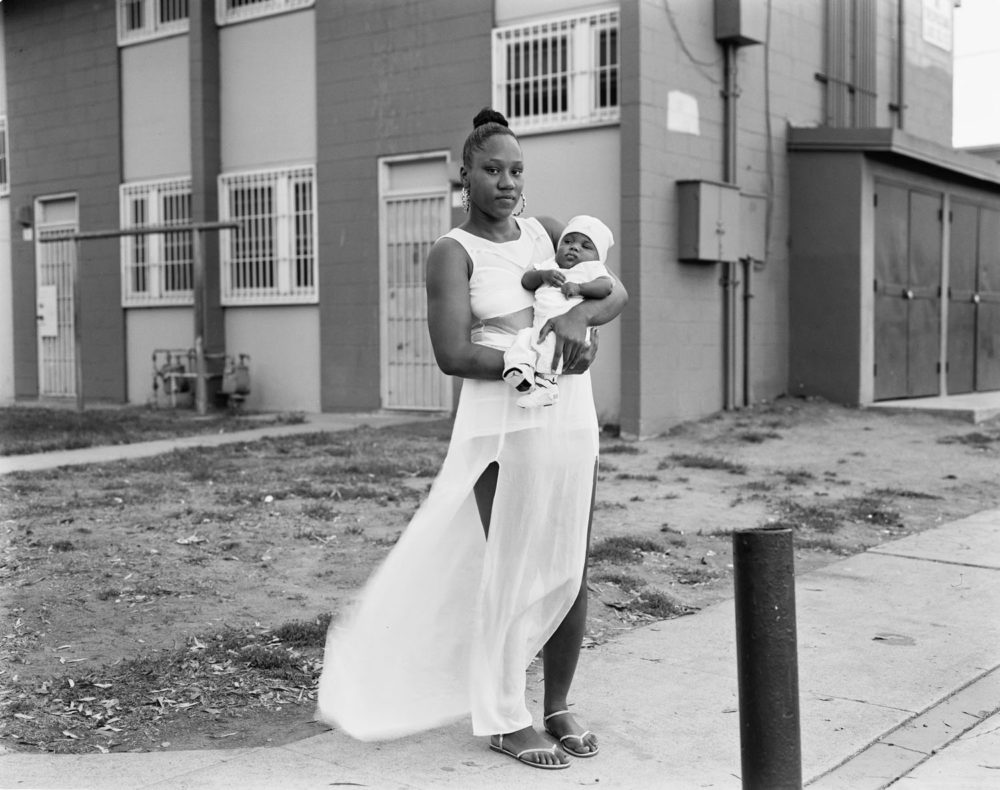Port talks to Steve Plotnicki on his hip-hop past, fine-dining and reframing food as art

In 1986, Joseph Simmons, Darryl McDaniels and Jason Mizell launched their debut album Run-D.M.C. with Profile Records, becoming one of the most influential hip-hop groups in music history. In 1998, Robot Wars garnered a prime time spot on British television, with records of 6 million viewers, eventually broadcasted worldwide. One could say – Steve Plotnicki – co-founder of Profile Records which subsequently bought the rights to Robot Wars in 1994, is a prescient man. In 2007, the entertainment mogul launched himself into yet another venture, turning his passion for food into a new business – Opinionated About Dining (OAD) – a food blog and online survey of the best restaurants in the world.
The only online survey to use an algorithm, based on the quantity and quality of the votes of each of its 5,000 members – a diverse group of chefs, restaurateurs, bloggers, critics and anyone with an opinion to share – OAD is a democratisation of the food industry, providing a public platform from which to share fine-dining, gourmet and cheap eat lists across Northern America, Europe and Japan. This May 2019, OAD hosts its annual awards event, held in San Sebastián, with two dinners at the Basque Culinary Centre and the Hotel Maria Christina, respectively celebrating OAD’s 11 New to The List Chefs and the Top 100+ Restaurants.
We spoke to Plotnicki about his ‘democratisation’ of the food industry, traditional and modern cuisine, as well as his hopes for a new culinary language rivalling the objectivity and precision of the art world.
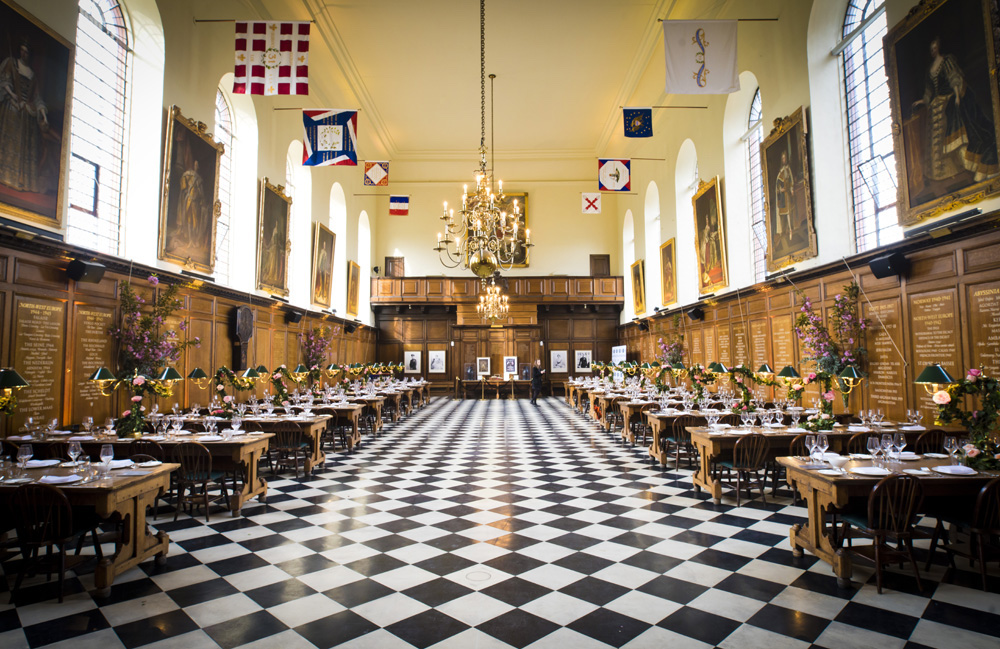
OAD is, above all else, a democratisation of the food industry – the large voter pool comprising of people from all walks of life. What was it that sparked the initial idea behind it?
I was unhappy with the other rating systems and guides at the time. Michelin was a little too slow to react to the market, especially when restaurants were on a downward trend. Zagat was too populist and 50 Best limited the number of restaurants that were covered so I tried to come up with a solution that would solve these problems.
Behind the diverse pool of voters and consistent reviewing panel, there is also an algorithm. Can you expand a little on how it works?
Each reviewer is assigned a weight based on the quantity and quality of reviews they have submitted.
What does the reviewing panel focus on?
Most of the top reviewers have a routine they follow where they visit Europe & Asia at least twice a year and to the U.S. at least once a year. The top reviewers visit between 75-150 important restaurants per year.
Experience is a key element in OAD’s rating system. How has your previous work in the entertainment industry influenced OAD?
I think the weekly charts in music trade magazines and the way the various recordings moved around from week to week had an influence on how I organised the OAD lists.
You foresaw the evolution of Hip-hop when you produced Run-DMC’s first album in 1984, as well as the potential of Robot Wars in the 90s, making it onto prime time British T.V in 1998. Would you say you have an eye for future trends?
Thanks for the compliment. I always worry that I am going to become too old to be able to identify the next big thing.
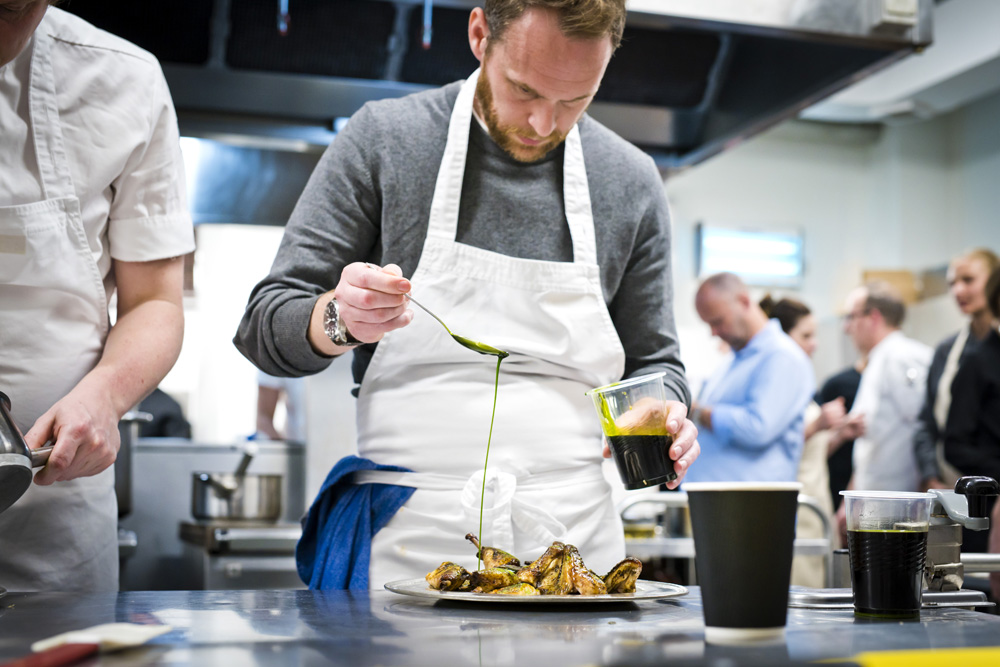
You have described your relationship to food as similar to your relationship with art. Can you expand a little?
One of my goals is to see the culinary world adopt a language that is similar to, and as precise as, the language used for art, architecture and film. More objectivity and less of a focus on how the consumer feels about the cuisine.
This year the theme for the OAD gala dinner is La Noche Del Asador, inviting some of the top asadors on the OAD European Heritage list to set up grills on the terrace of the Maria Cristina. Previous themes include Haute Tapas in Barcelona, Nordic Barbecue in Copenhagen, Grandmother’s cooking in Paris and The Great Roast in London. How important do you think tradition and locale are to great food?
My first goal is to always give the guests a one of a kind experience that they can’t get anywhere else. So I try to incorporate the location the event is being held in, into the theme. It made sense to me to show traditional asador cooking with dishes from molecular restaurants on a continuum.
The restaurant industry has undergone a shift towards more accessible and casual dining in recent years – reflected in the OAD’s Cheap Eats and Gourmet Casual lists. Can we expect any new lists from OAD in the near future?
No more lists! Seriously, I think a list for Australia and South America are in the offering within the next few years. Other than that nothing else.
You have dined at some of the finest restaurants all over the world. Is there any particular place that stands out for you?
I will never turn down an invitation to Arpège in Paris or Ogata in Kyoto.
The OAD annual award events are held in San Sebastián from 19th- 20th May 2019. Tickets are available here
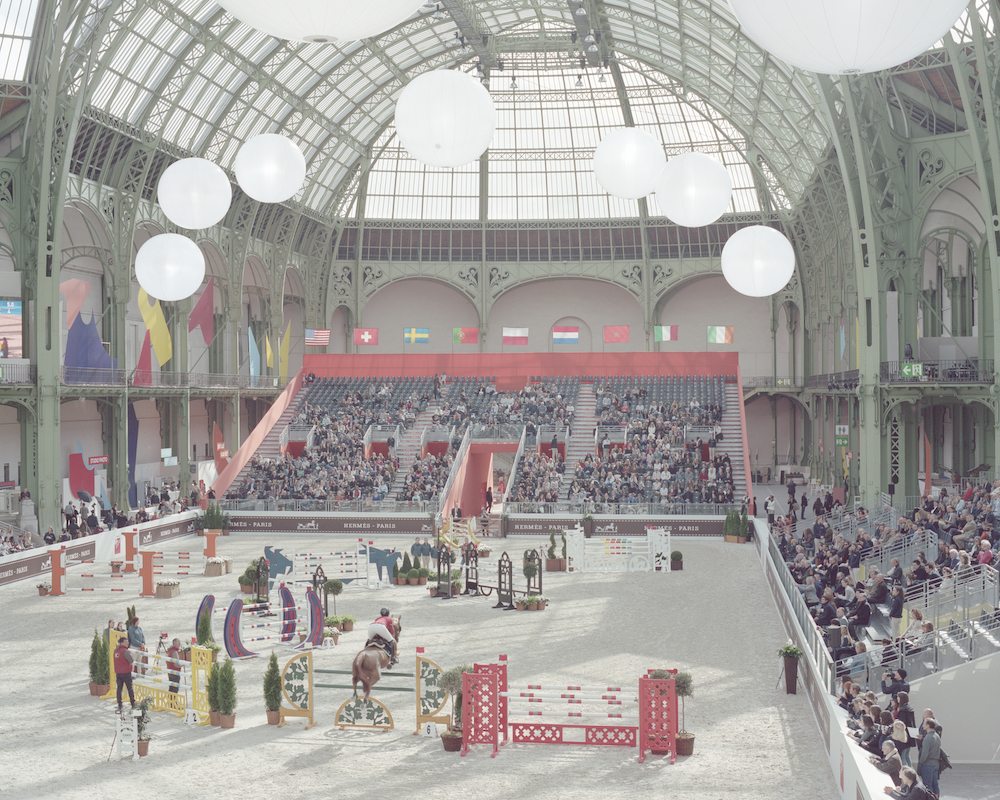
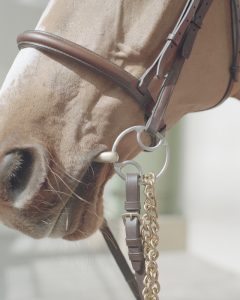
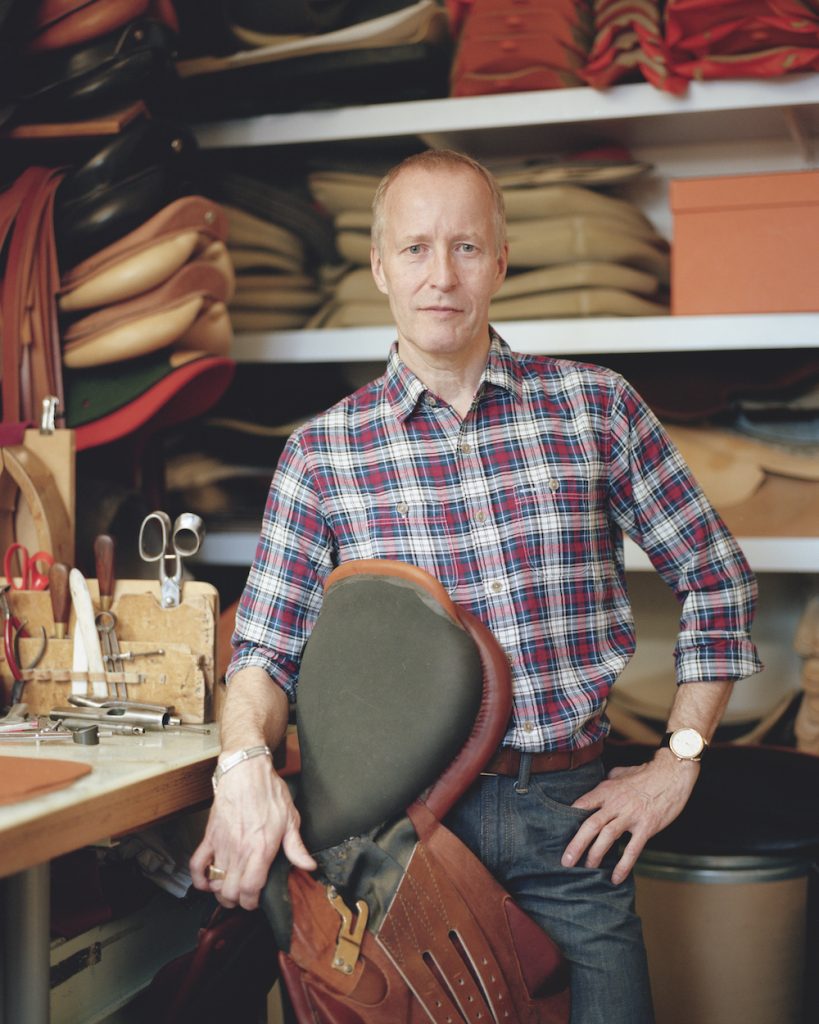
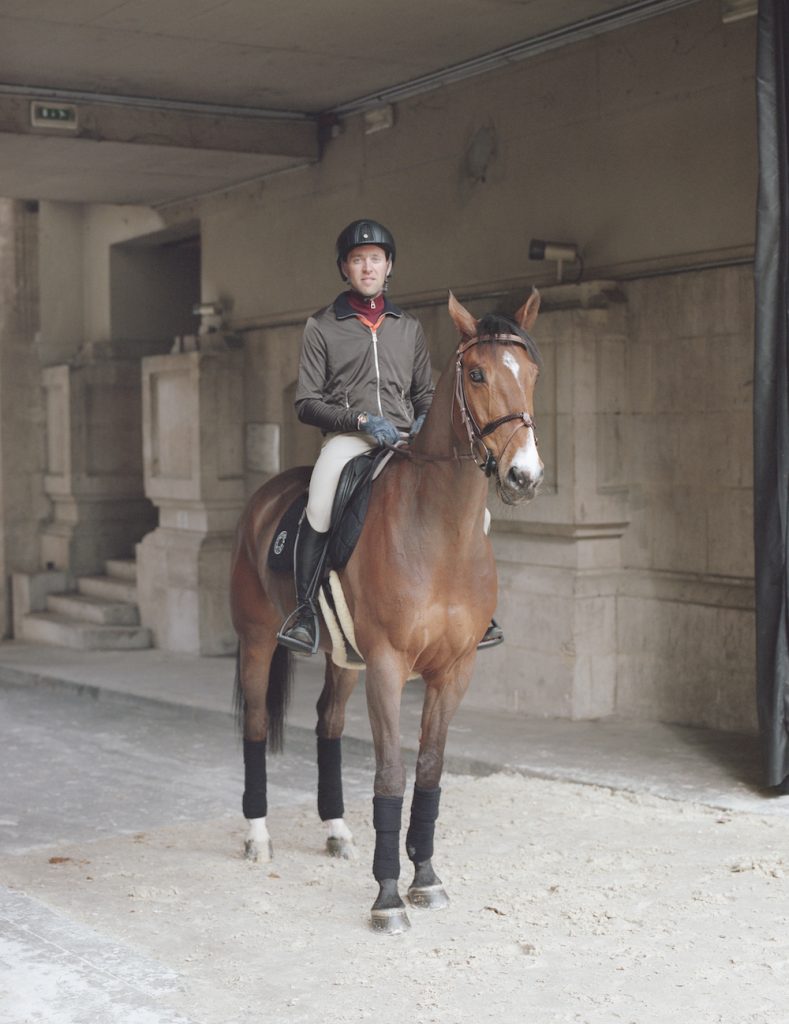
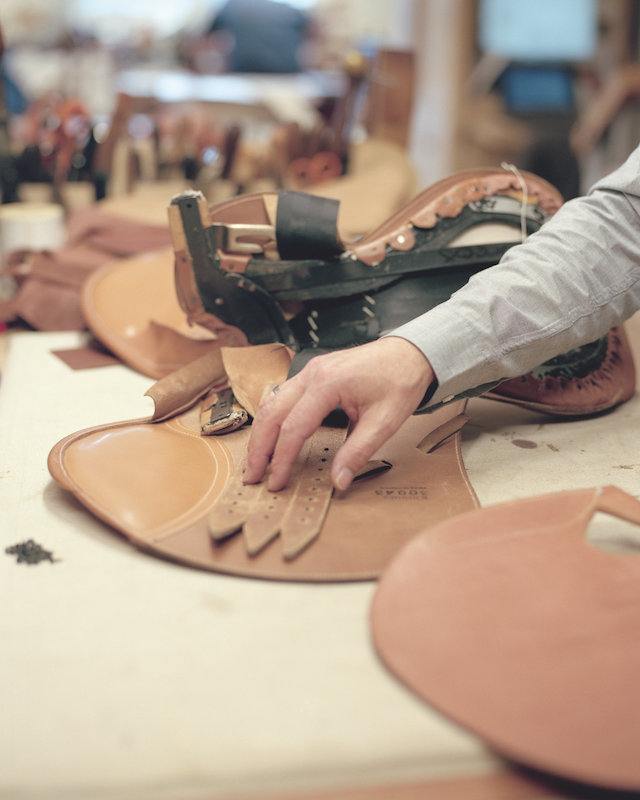
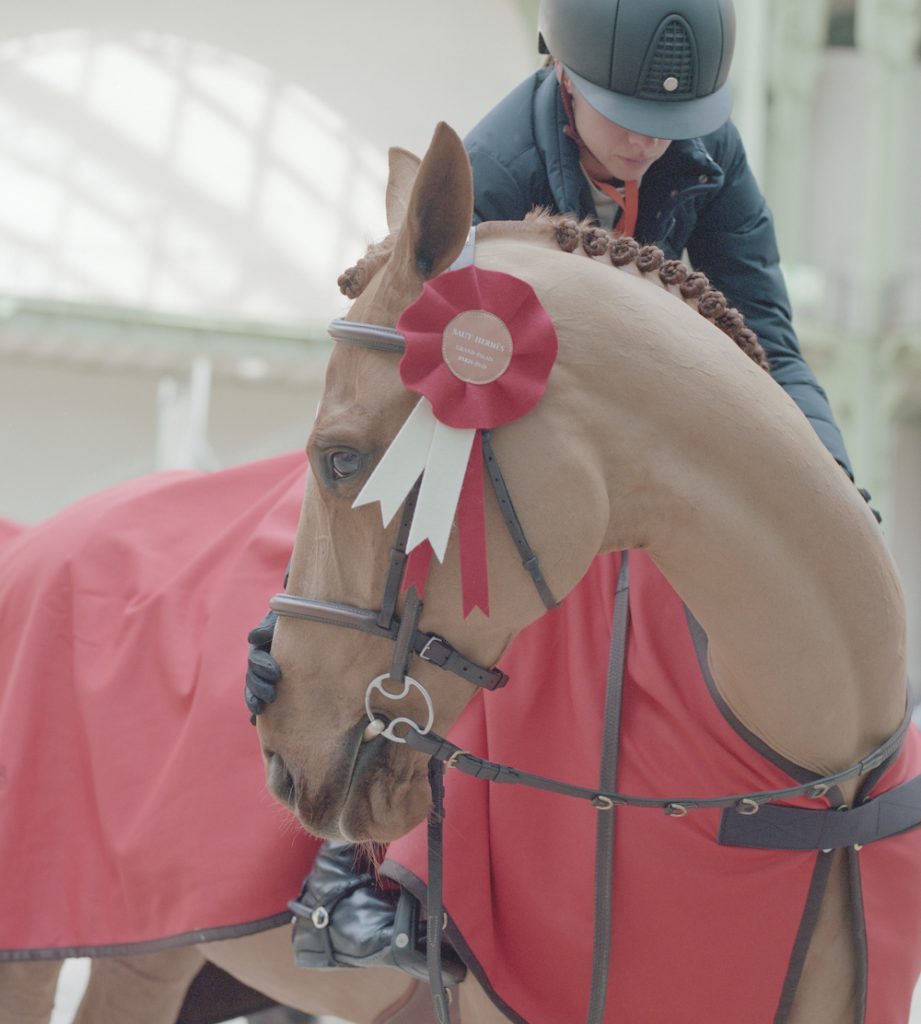

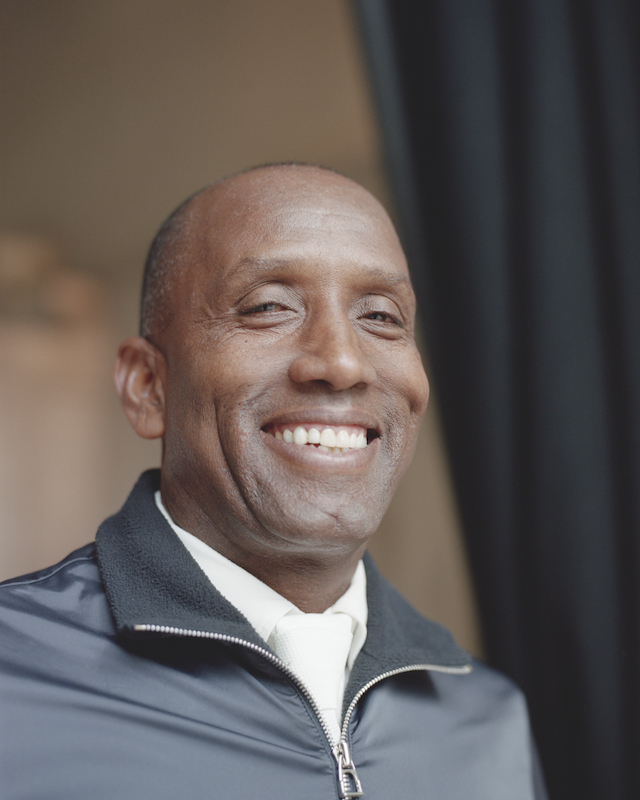
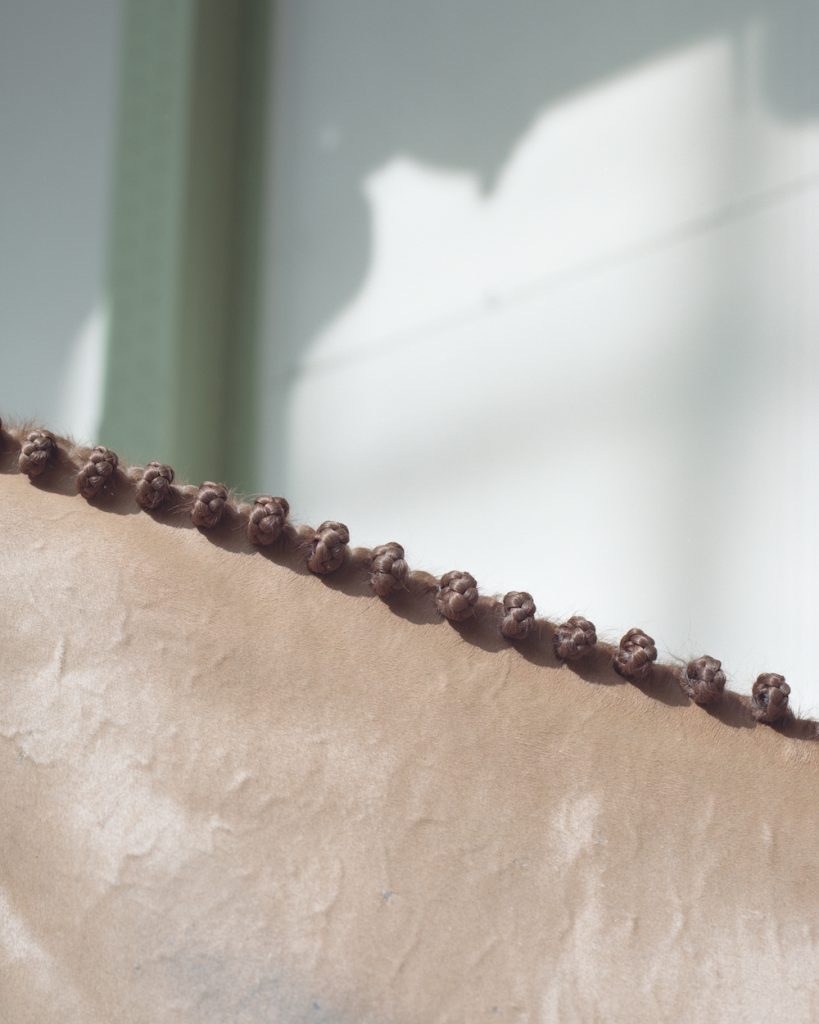
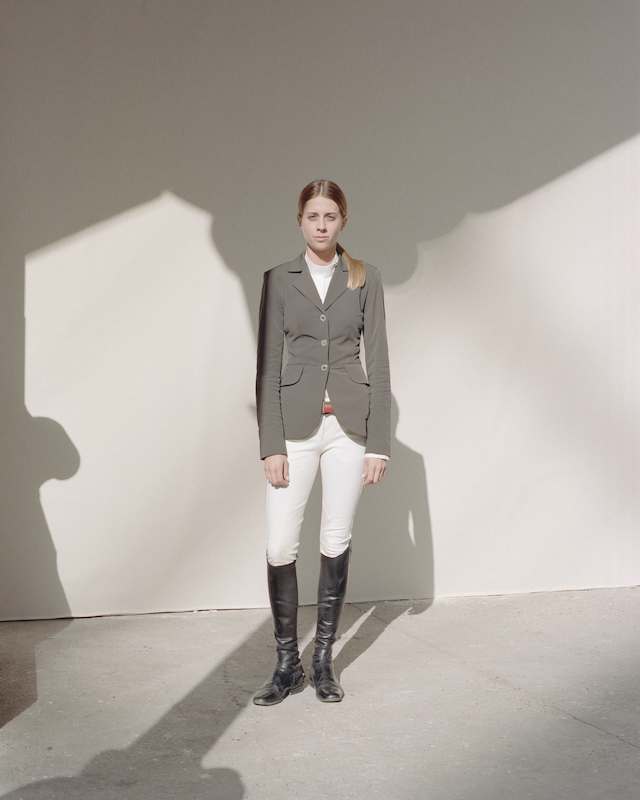
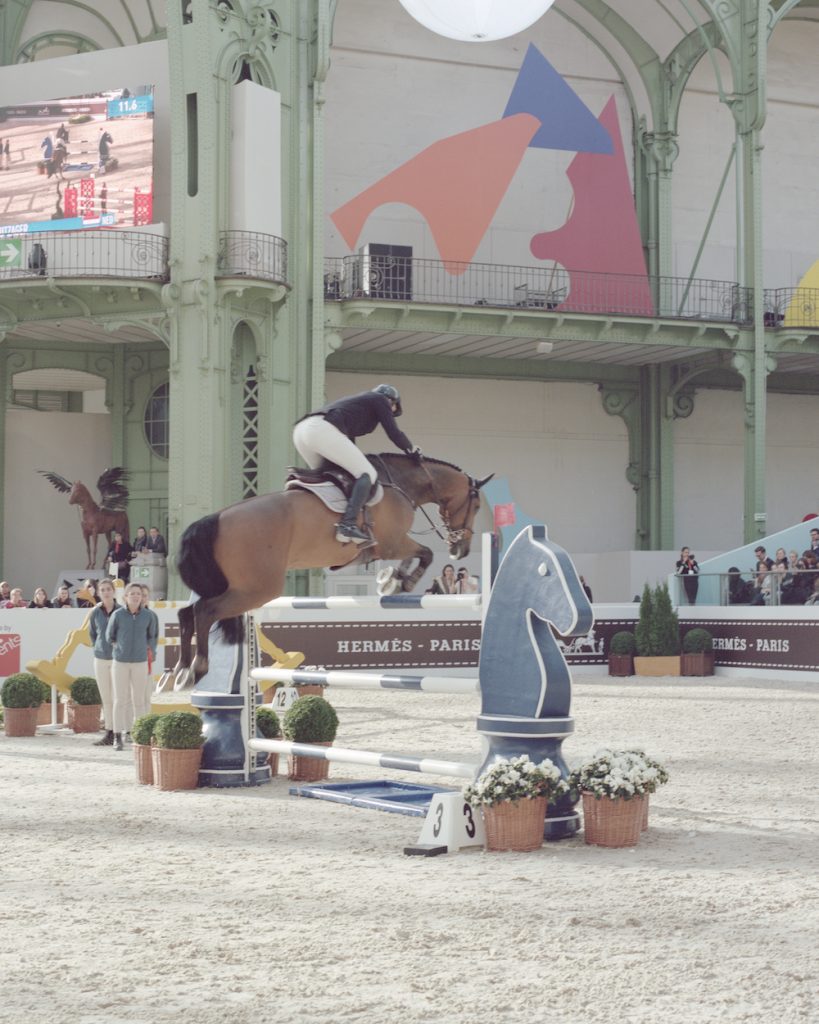
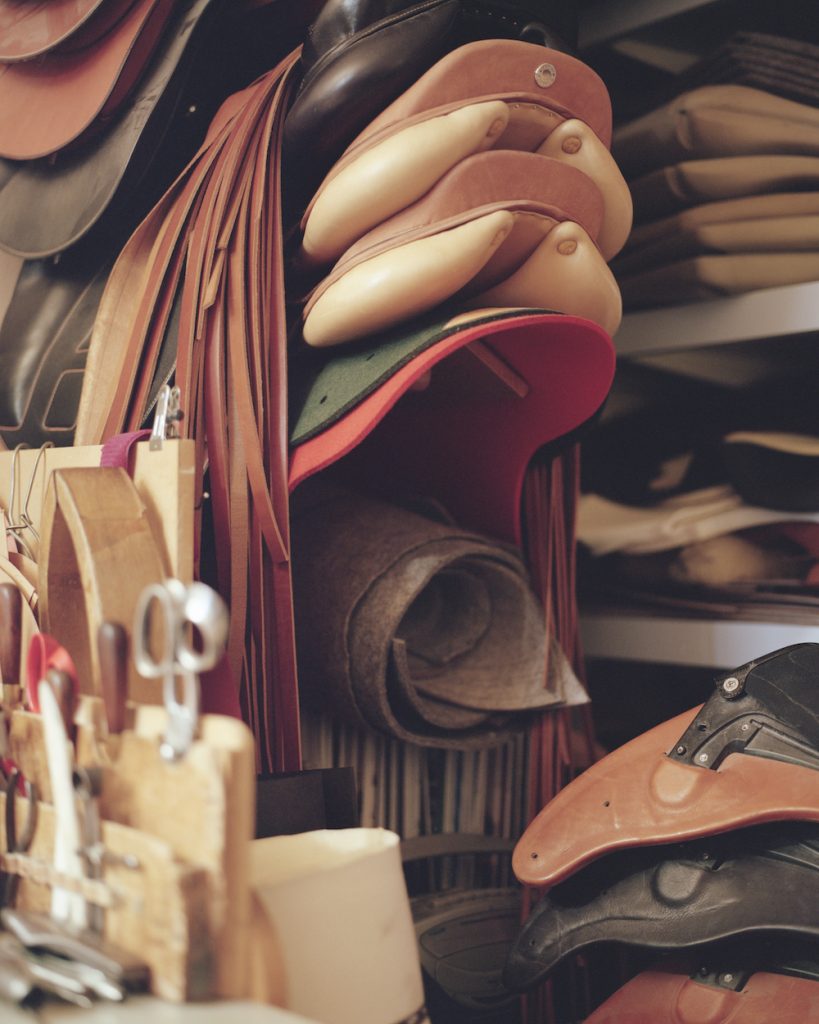
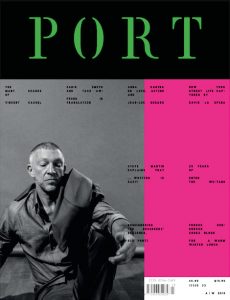
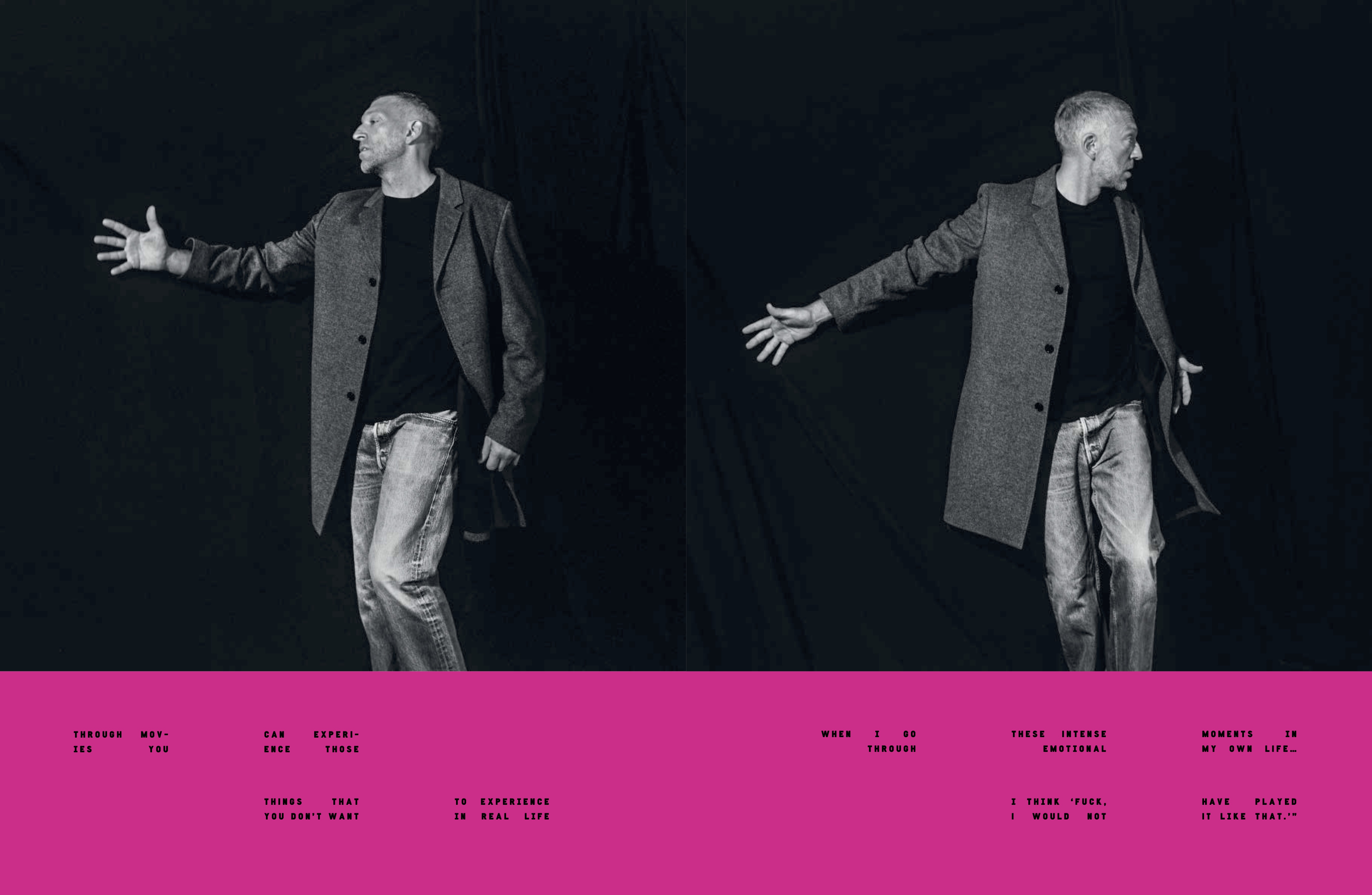
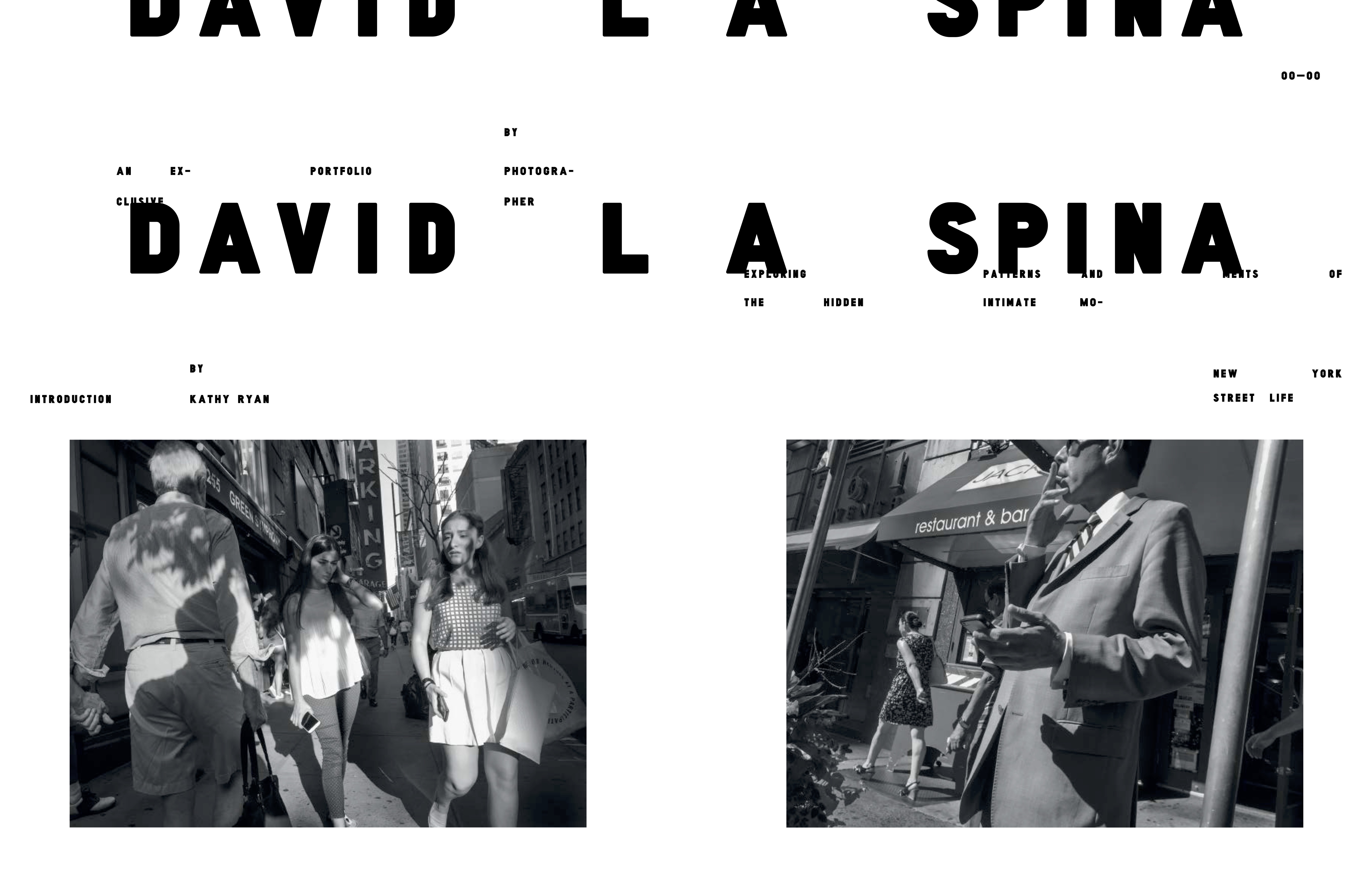
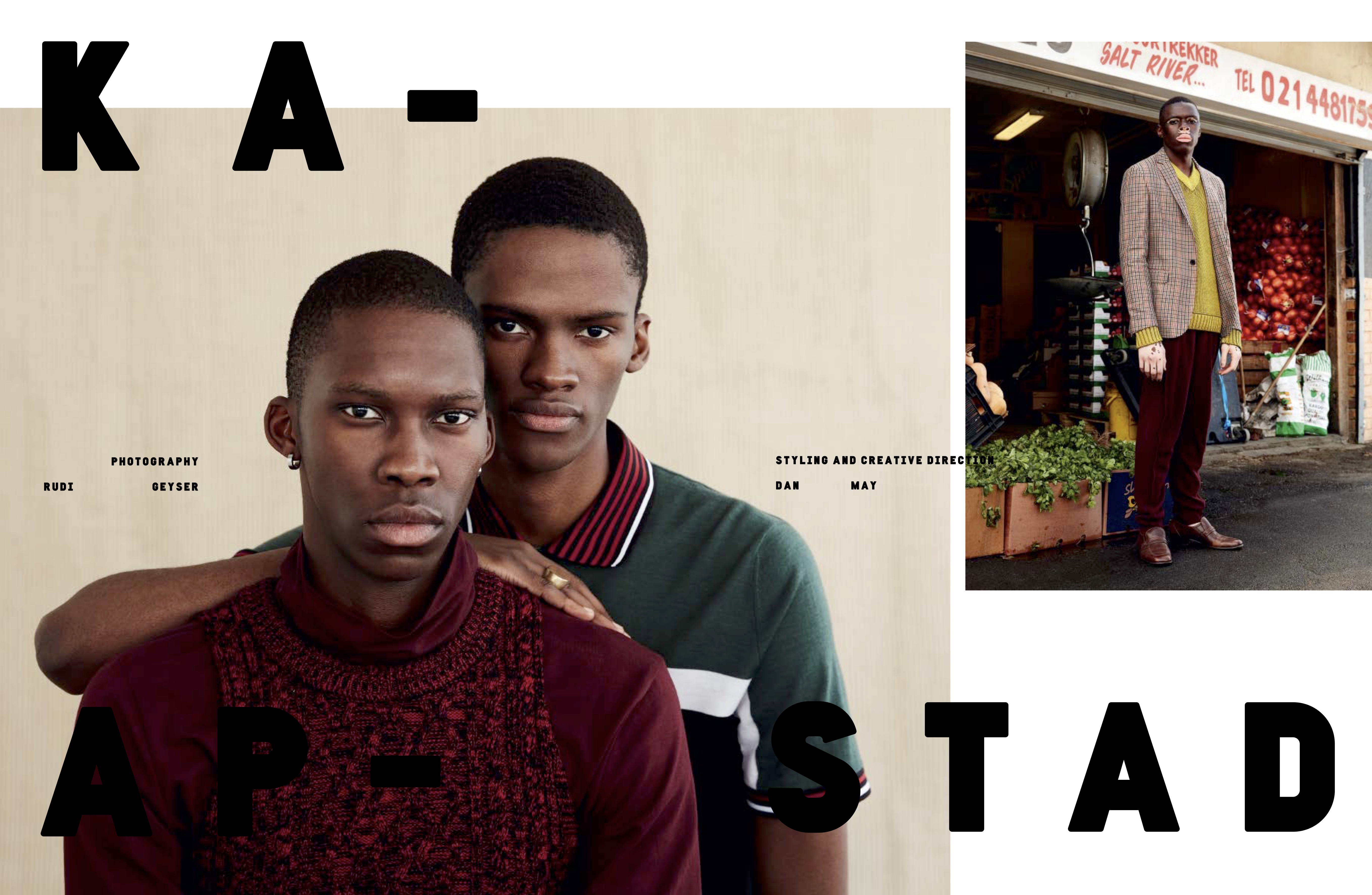
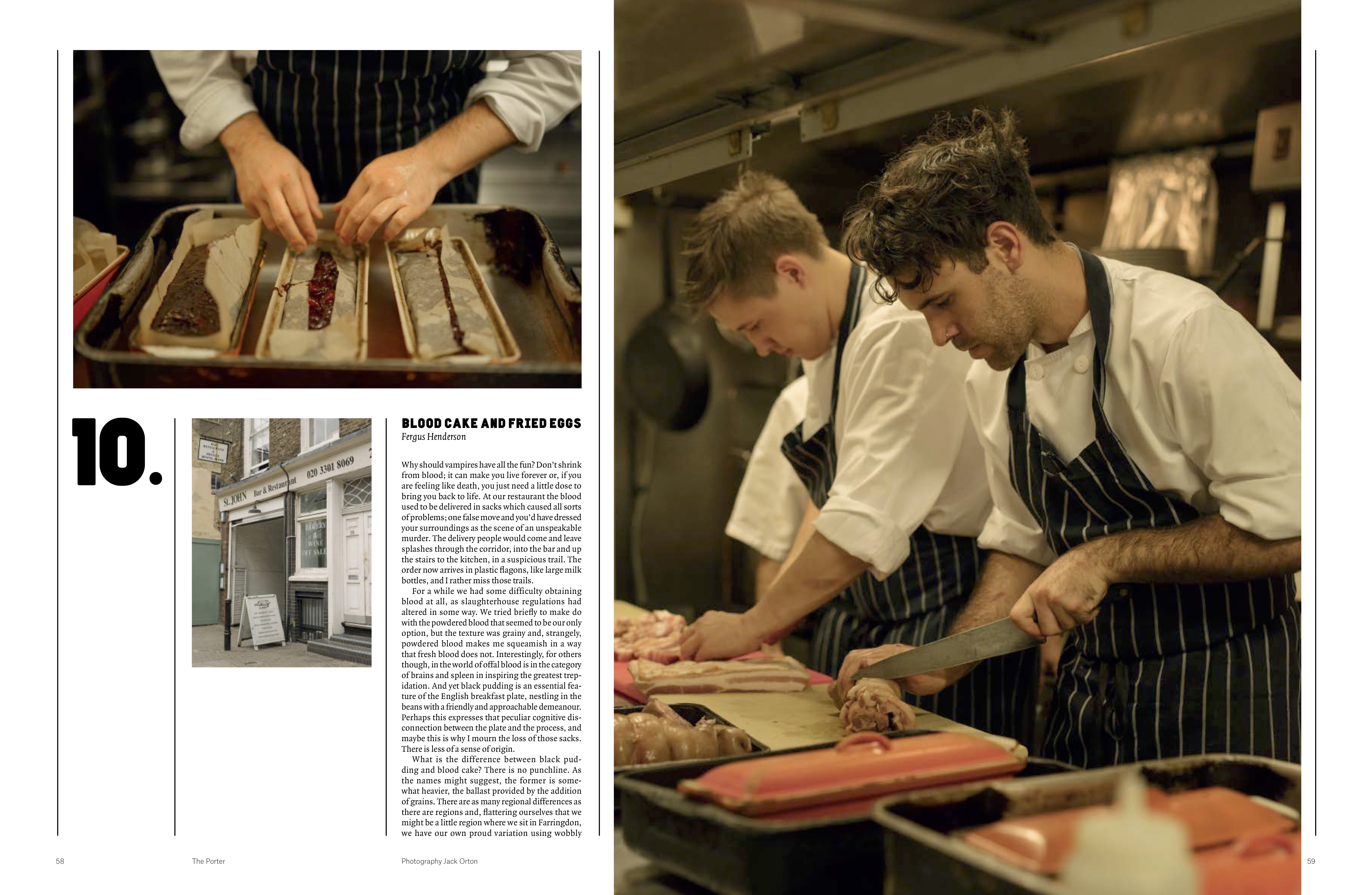
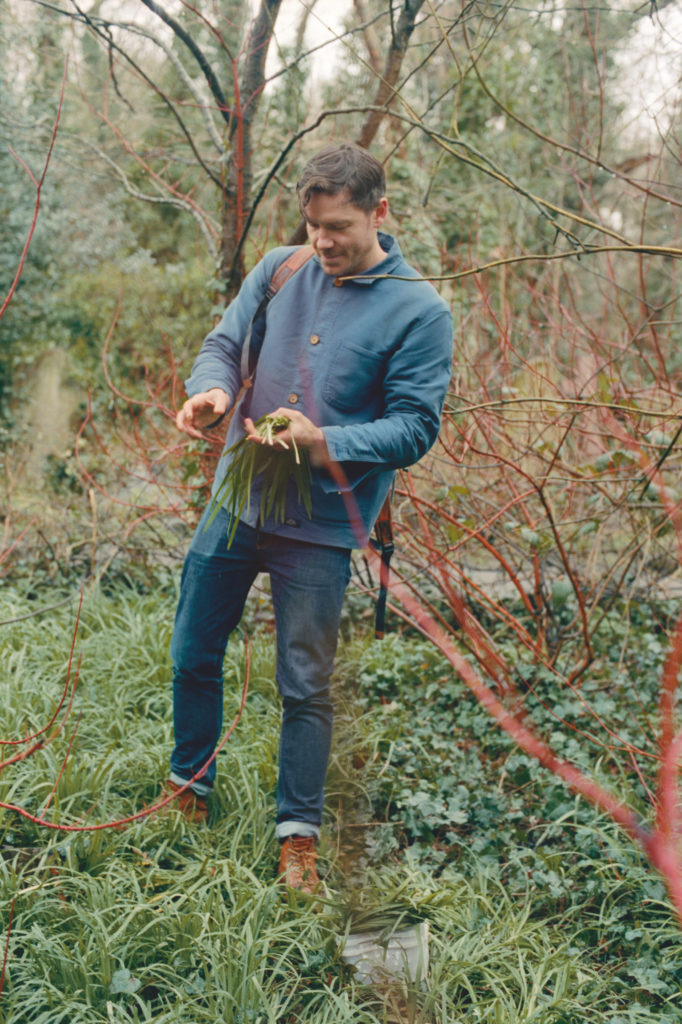
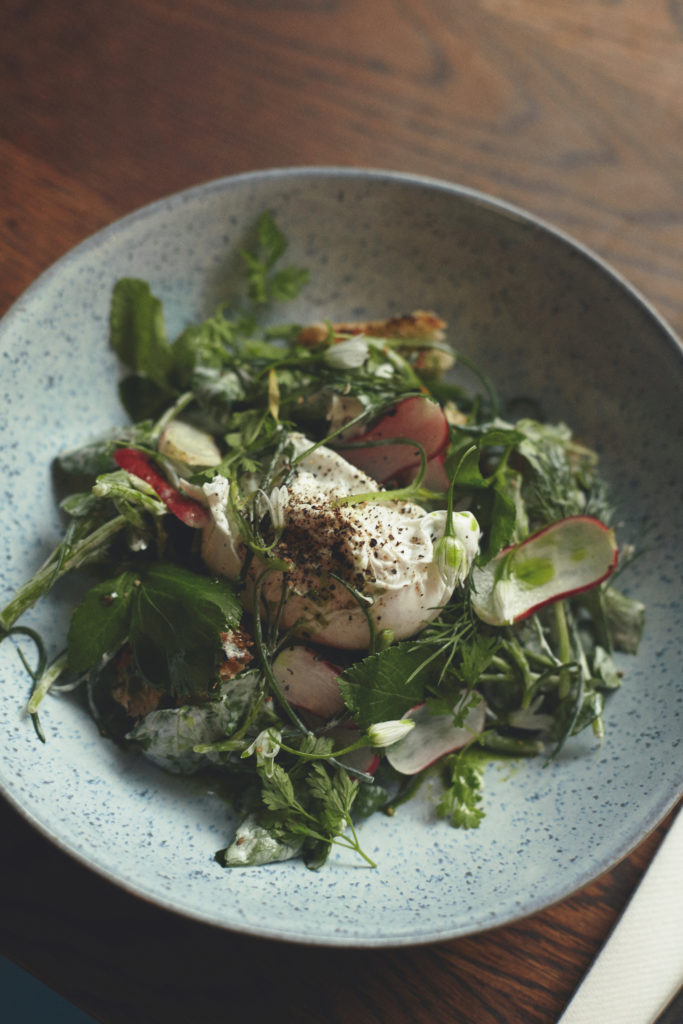
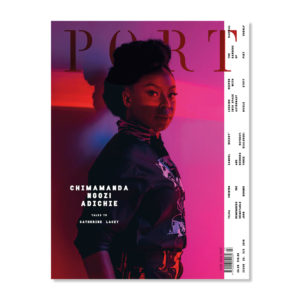
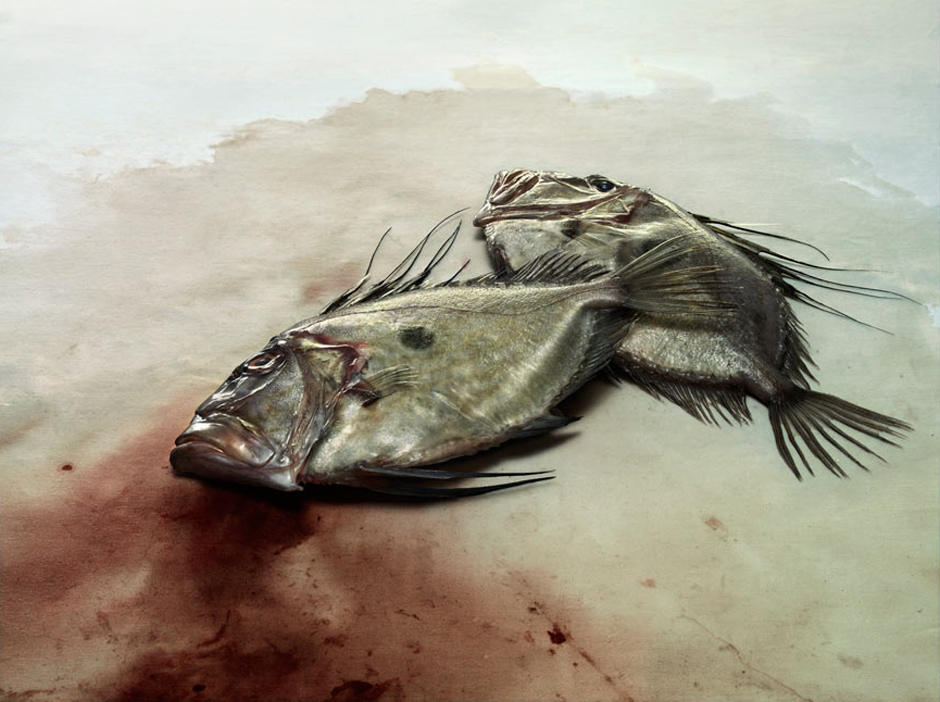
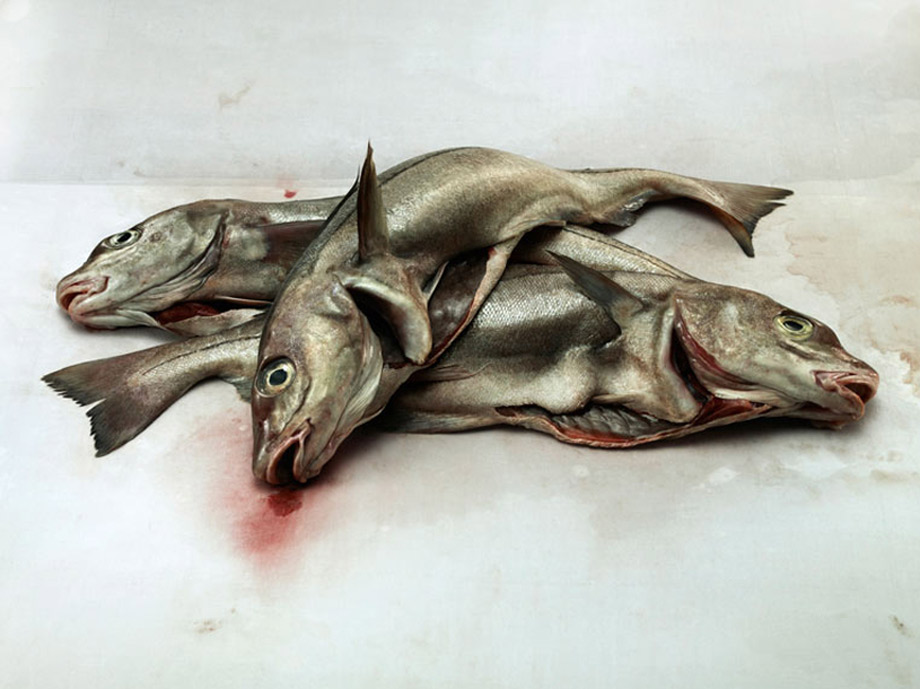
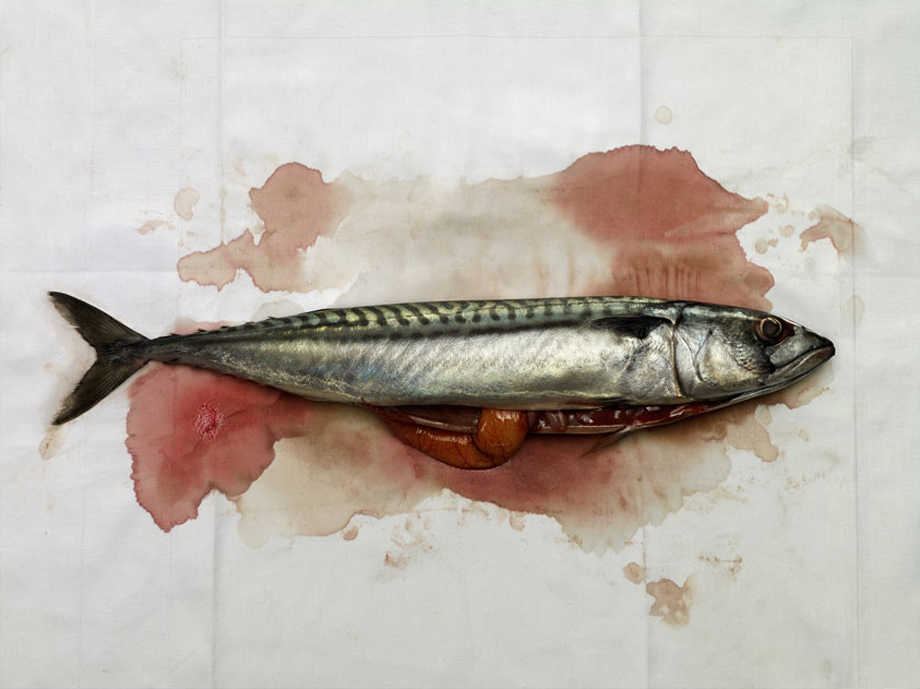
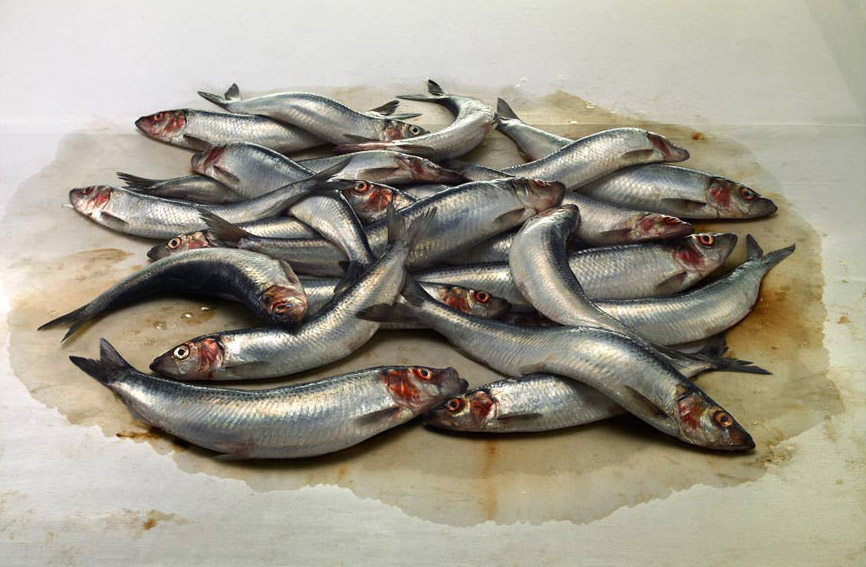
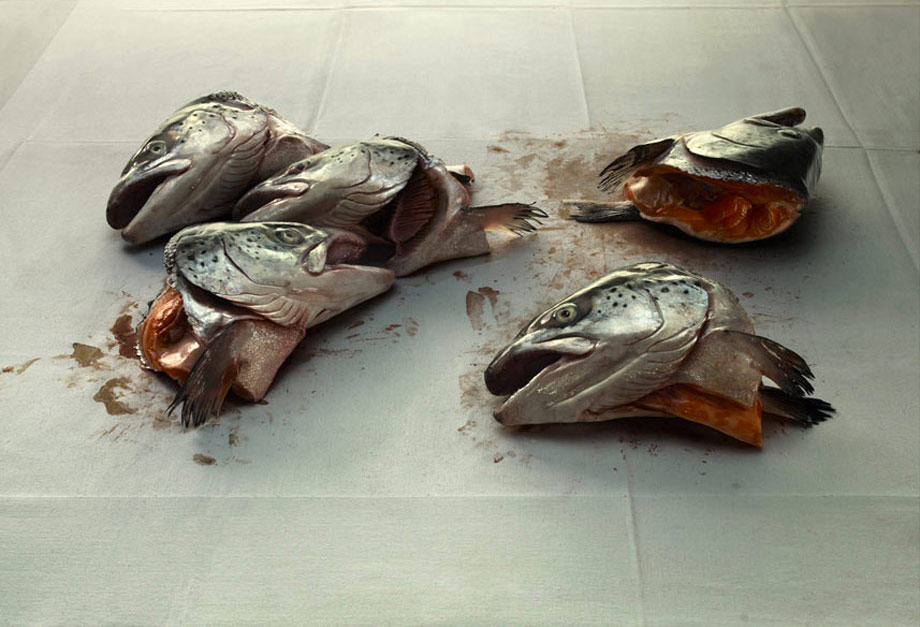
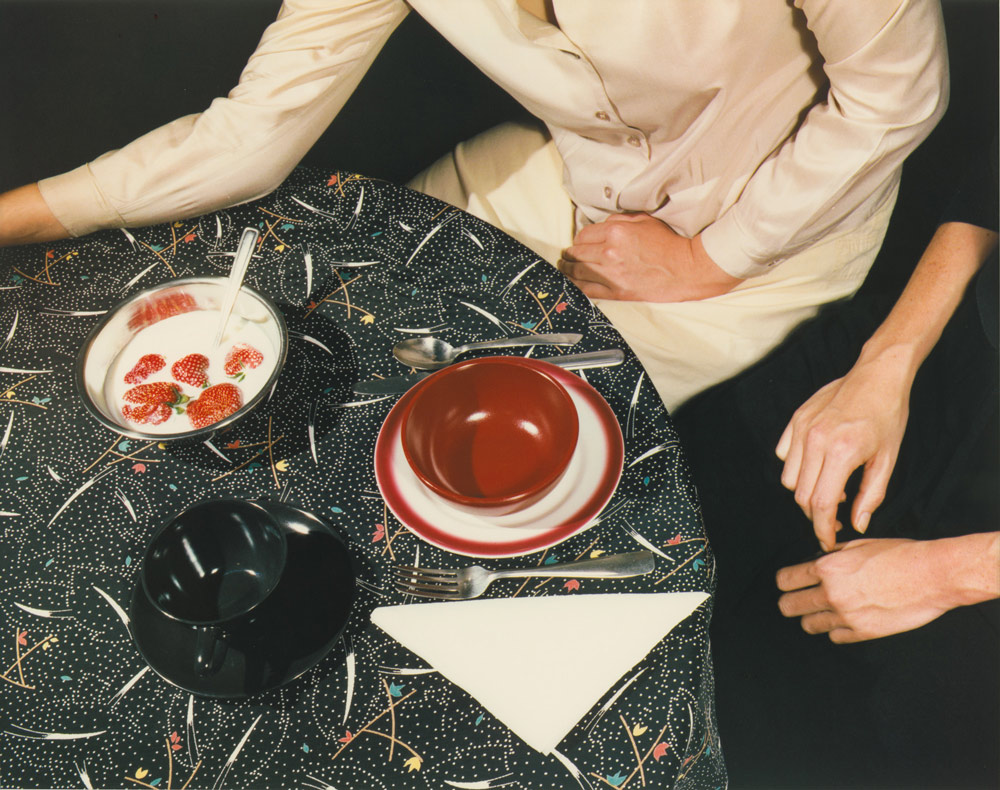
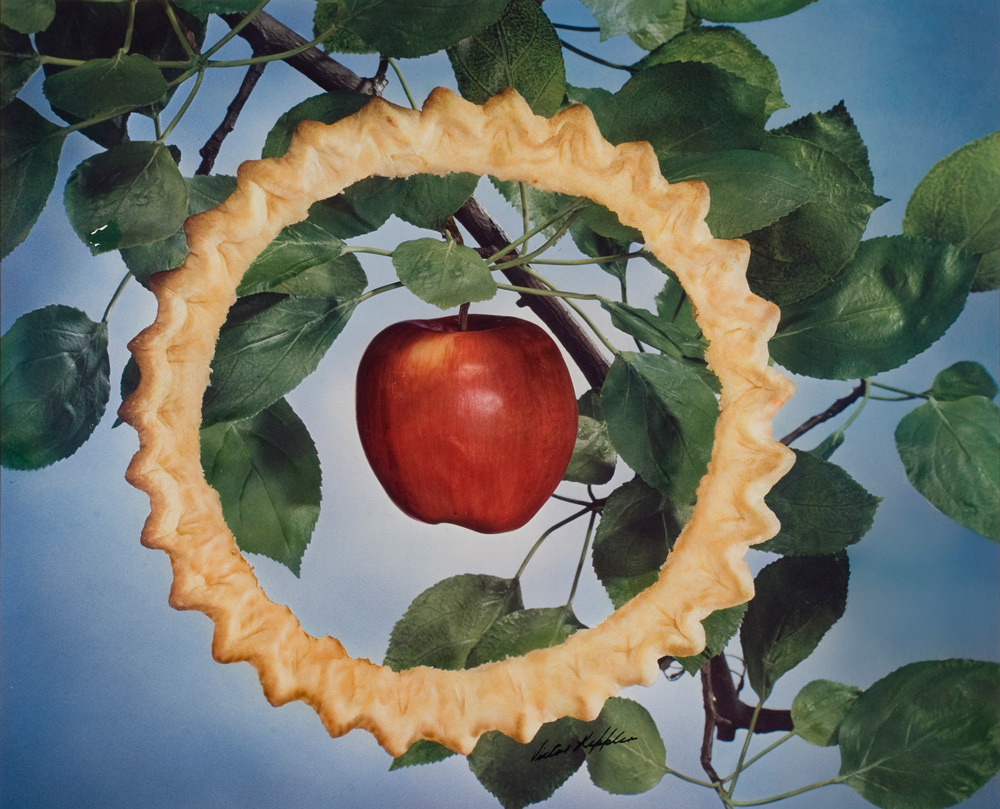 Victor Keppler, (General Mills advertising campaign—Apple Pyequick), 1947
Victor Keppler, (General Mills advertising campaign—Apple Pyequick), 1947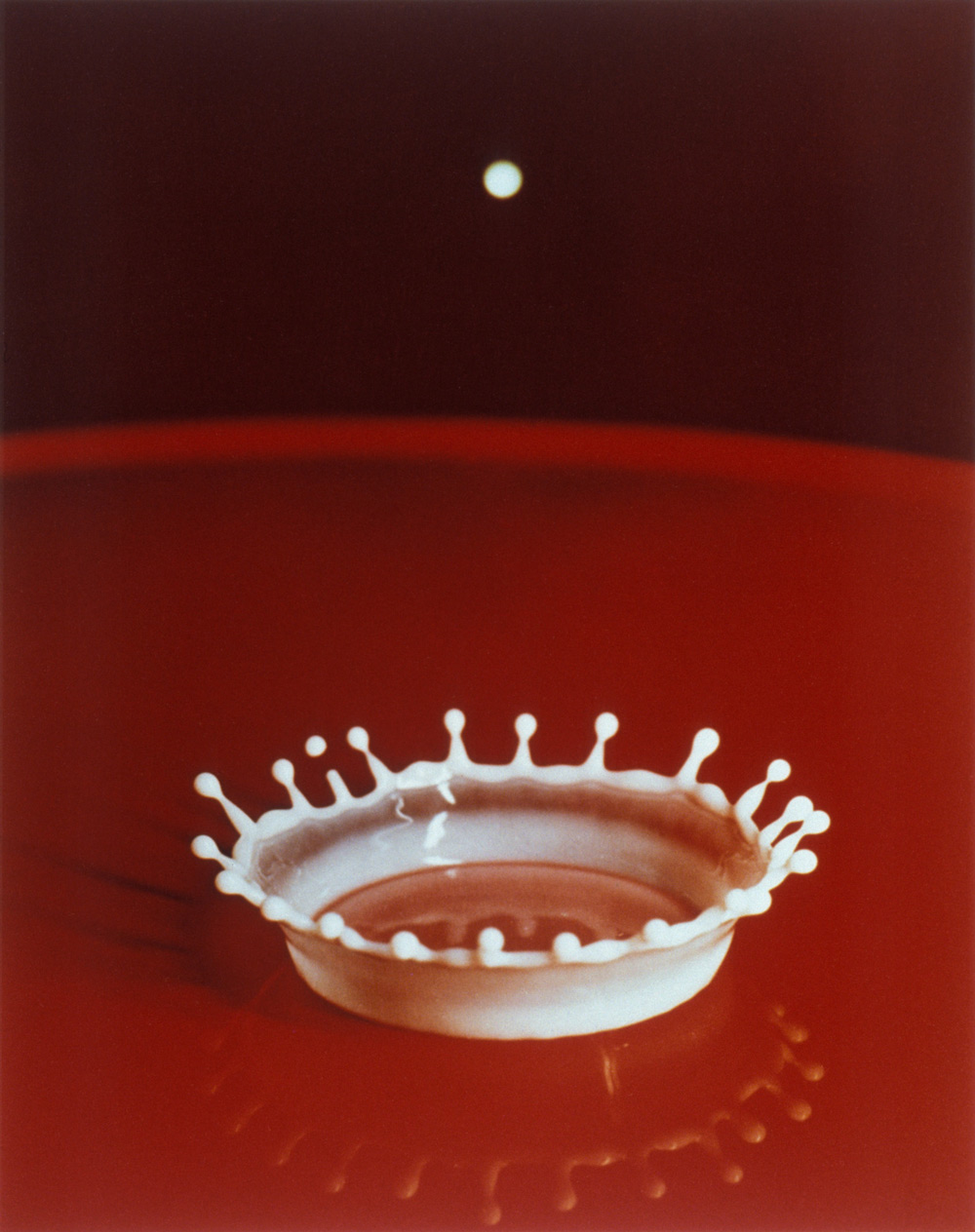 Harold Edgerton, Milk Drop Coronet, 1957
Harold Edgerton, Milk Drop Coronet, 1957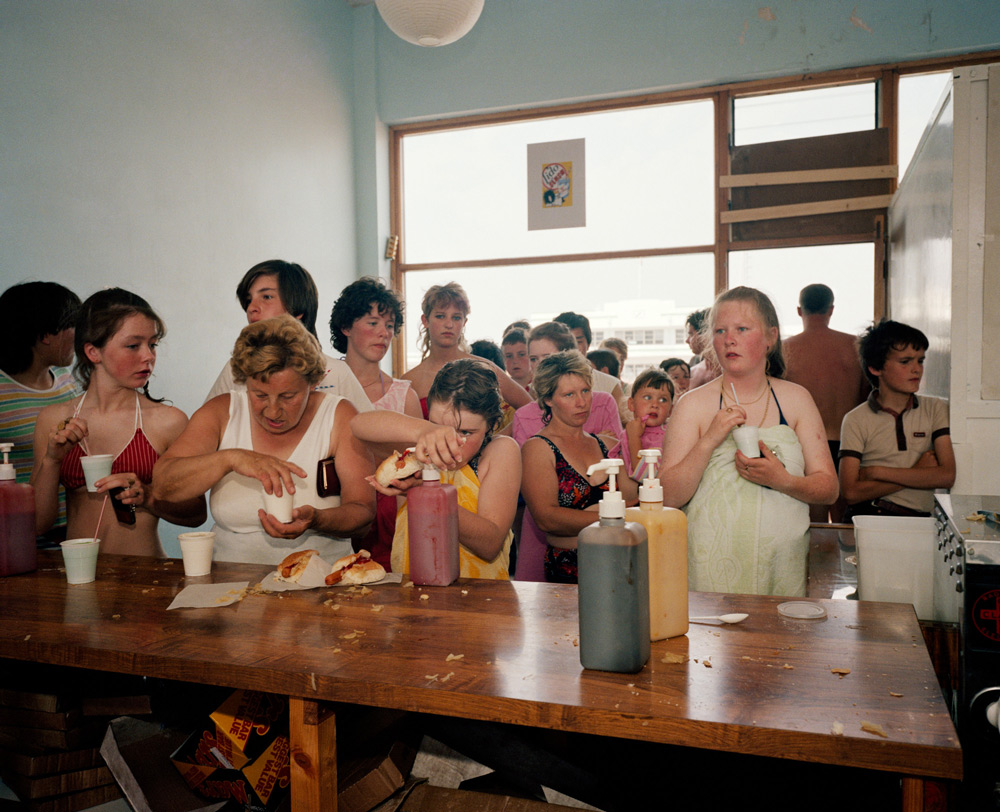
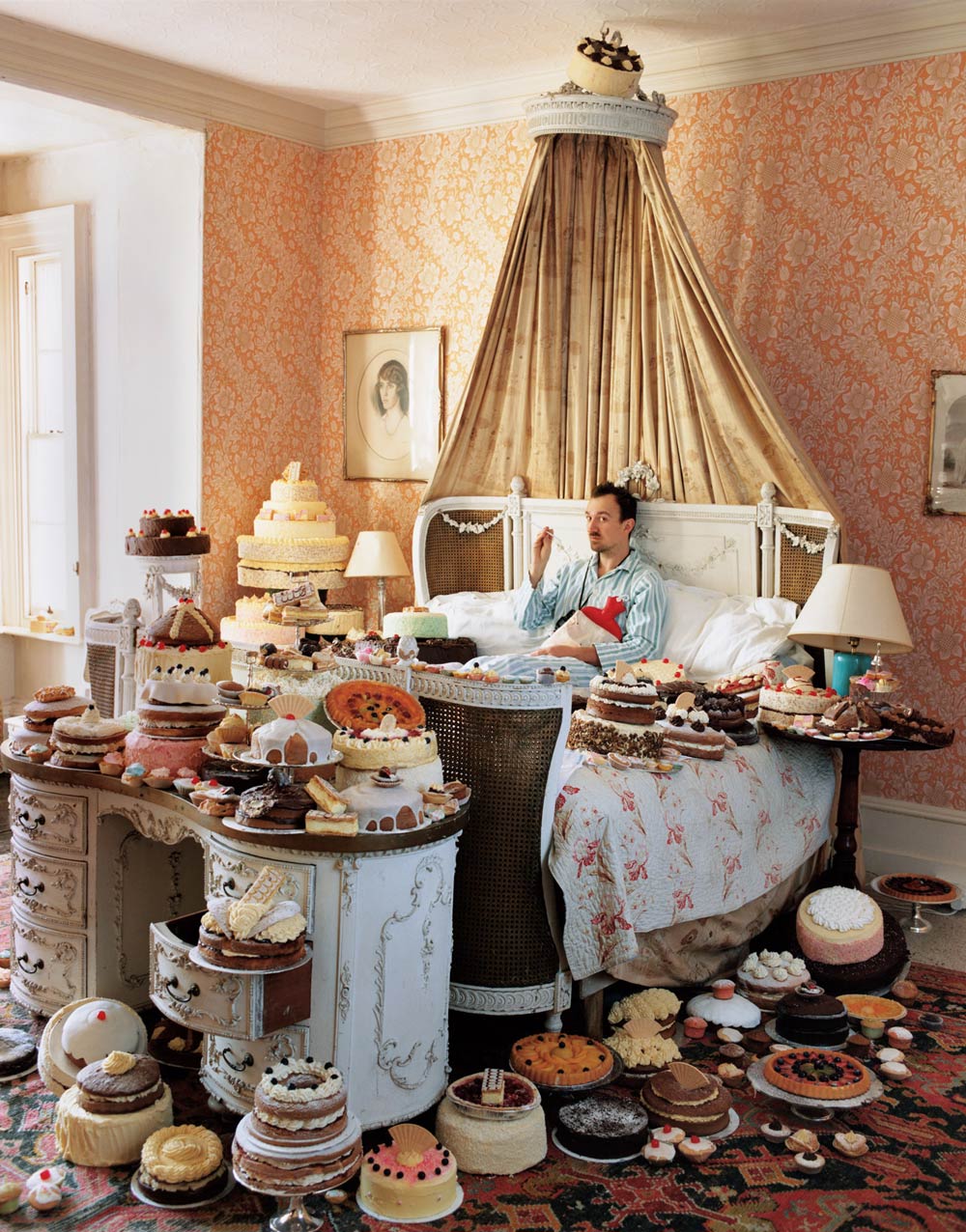
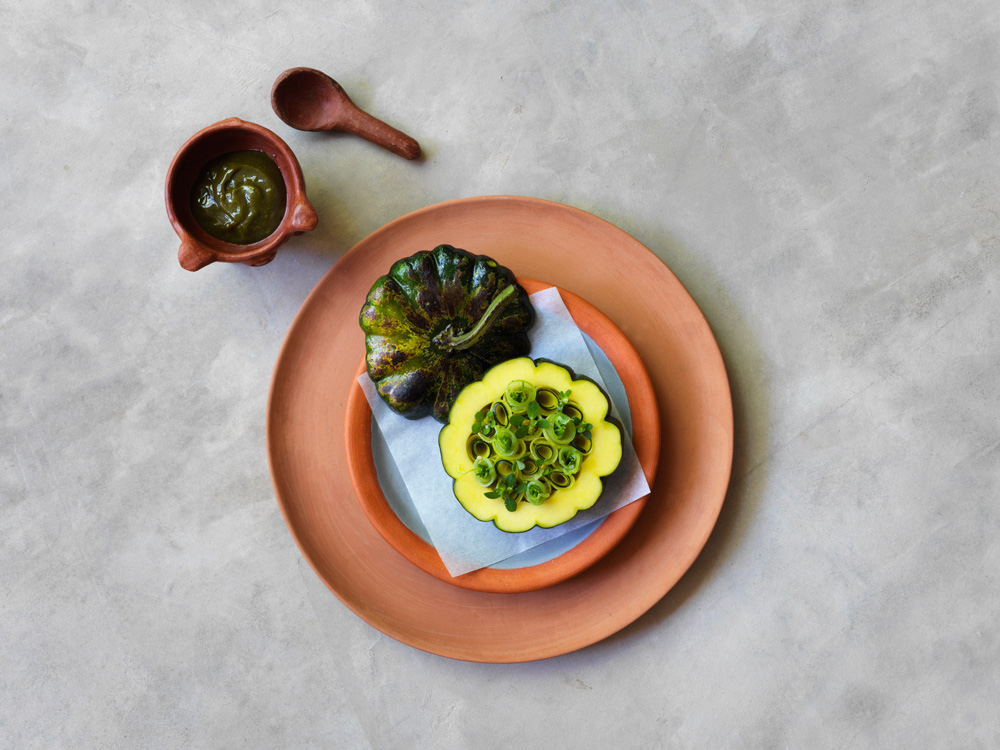
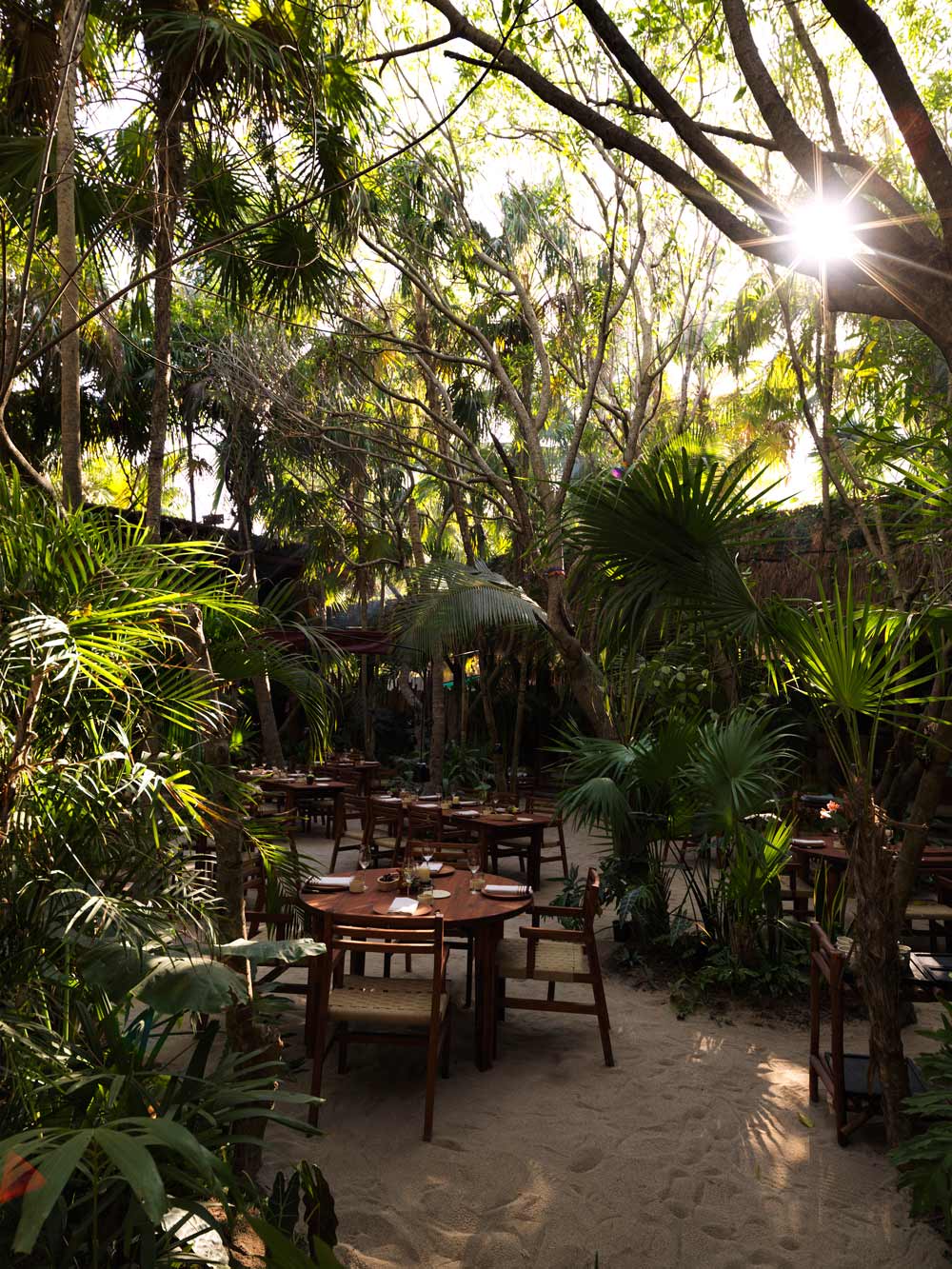





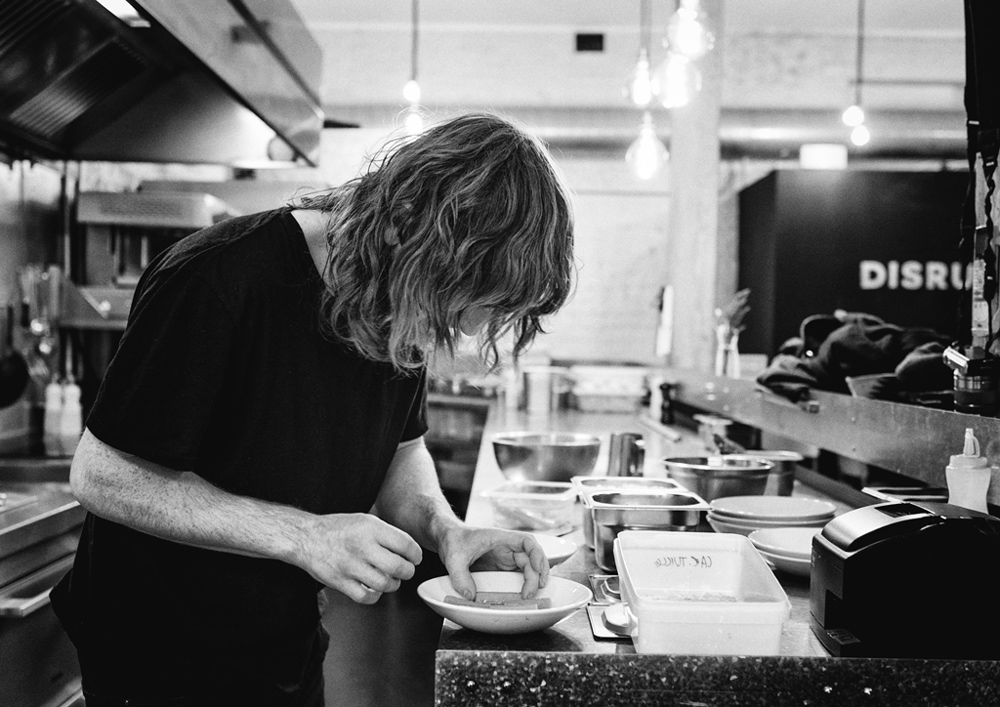
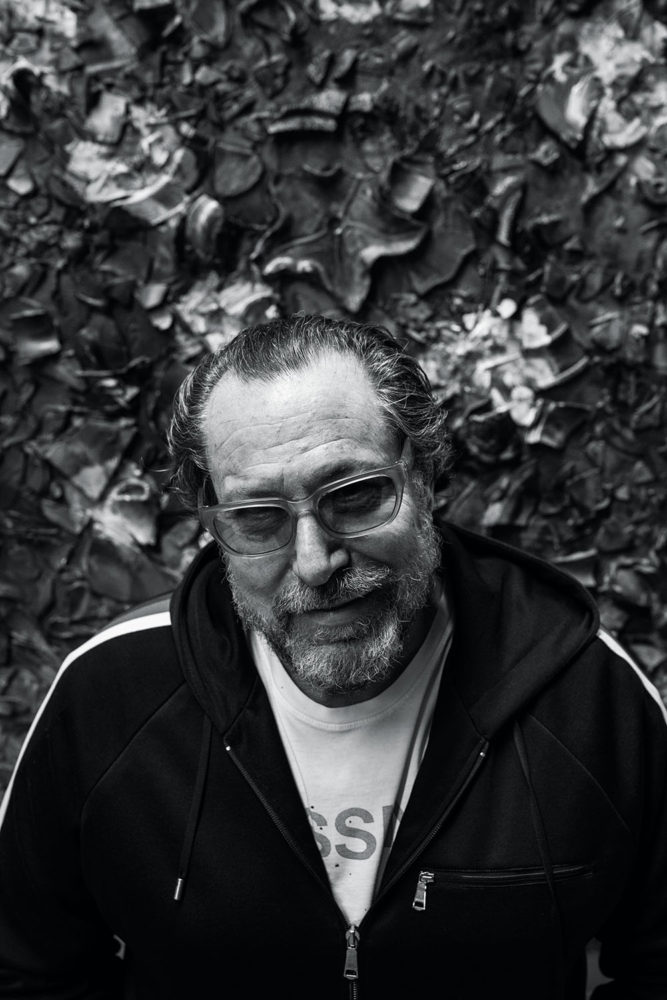 Even if you don’t know who lives there, the home and studio of the painter Julian Schnabel is a familiar sight for denizens of downtown Manhattan. As the West Village stretches out toward the water, a pale pink tower rises out of blocks of low apartment buildings and townhouses. This is Palazzo Chupi, a residence that Schnabel designed and built in 2009, so called after the nickname of his second wife, Olatz López Garmendia. The structure, with its stepped-back floors, curved windows and arabesque arcades, resembles a cross between a modern condo and a medieval castle in Convivencia Spain.
Even if you don’t know who lives there, the home and studio of the painter Julian Schnabel is a familiar sight for denizens of downtown Manhattan. As the West Village stretches out toward the water, a pale pink tower rises out of blocks of low apartment buildings and townhouses. This is Palazzo Chupi, a residence that Schnabel designed and built in 2009, so called after the nickname of his second wife, Olatz López Garmendia. The structure, with its stepped-back floors, curved windows and arabesque arcades, resembles a cross between a modern condo and a medieval castle in Convivencia Spain. 